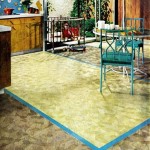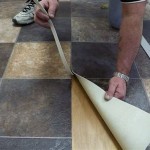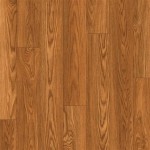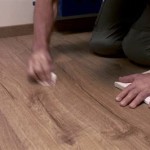Foam Underlay for Solid Wood Flooring: The Ultimate Guide to Essential Aspects
When installing solid wood flooring, choosing the right underlay is crucial. Foam underlay provides several benefits that enhance the performance, durability, and comfort of your flooring. This guide explores the essential aspects of foam underlay for solid wood flooring, empowering you to make an informed decision.
Types of Foam Underlay
There are various types of foam underlay, each with unique properties. Common options include:
- Polyethylene (PE) Foam: A budget-friendly option that provides basic cushioning and moisture protection.
- Polystyrene (PS) Foam: A more durable and water-resistant option, providing excellent insulation and soundproofing.
- Cross-Linked Polyethylene (XLPE) Foam: A high-density foam that offers superior moisture protection, acoustic performance, and shock absorption.
- Natural Rubber Foam: An eco-friendly and highly durable option that is resistant to compression and mold.
Benefits of Foam Underlay
Foam underlay plays a significant role in enhancing the performance of solid wood flooring:
- Moisture Protection: Forms a barrier between the flooring and the subfloor, protecting against moisture damage.
- Acoustic Insulation: Absorbs impact and reduces noise levels, creating a quieter environment.
- Thermal Insulation: Provides warmth and insulation, reducing energy consumption for heating.
- Shock Absorption: Cushions footsteps and improves comfort underfoot.
- Leveling: Helps level uneven subfloors, creating a smooth and stable base for the flooring.
Choosing the Right Thickness
The thickness of foam underlay is crucial. Too thin underlay may not provide sufficient benefits, while too thick underlay can cause the flooring to buckle or warp. As a general guideline:
- For residential applications, 6mm to 8mm thickness is recommended.
- For commercial or heavy foot traffic areas, 10mm to 12mm thickness is optimal.
Installation Considerations
Proper installation is essential for maximizing the benefits of foam underlay:
- Lay the underlay directly over the subfloor, with the foam side facing up.
- Overlap the edges of the underlay by at least 2 inches.
- Tape the seams of the underlay using specialized underlayment tape.
- Secure the underlay to the subfloor according to the manufacturer's instructions.
Conclusion
Foam underlay is an essential component of solid wood flooring installations. By choosing the right type, thickness, and installing it correctly, you can enhance the performance, comfort, and durability of your flooring. Consider the tips provided in this guide to make the best decision for your specific needs.

The Advantages Of Poly Foam Underlay Blog Floorsave

Acoustic Foam Laminate And Wood Flooring Underlay 2mm

Hardwood Floor Underlayment Options From The Forest Llc

White Foam Underlay Mulveys Of Dundrum

White 2mm Underlay For Wood Or Laminate Flooring

2mm Acoustic Foam Laminate And Wood Flooring Underlay

Underlayment Buyer S Guide

Acoustalay 250 Wood Flooring 3mm Adhesive Foam Underlay 10m² Roll

White Foam Underlay Direct Flooring

Barrier Dpm 3mm Foam Laminate Wood Flooring Underlay Surgeons








